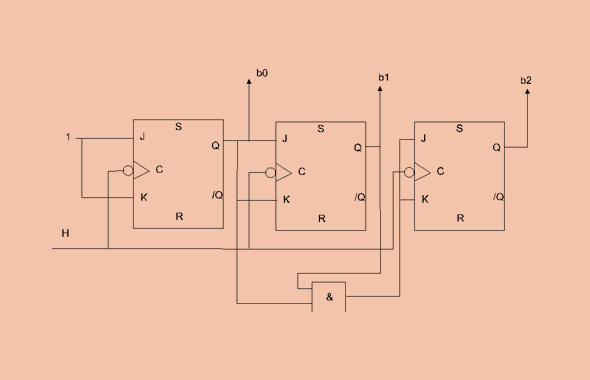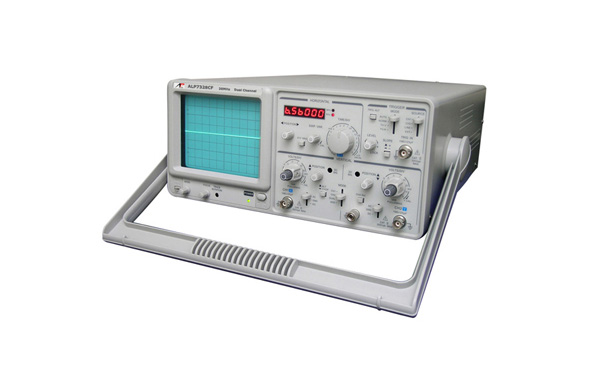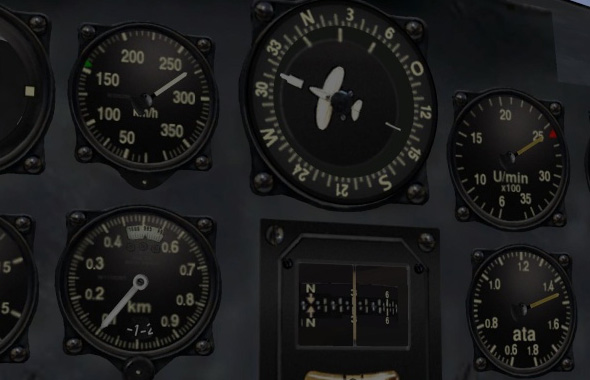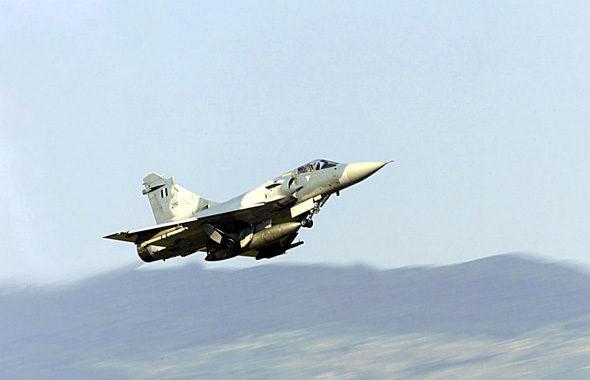HELICOPTER AVIONICS ARCHITECTURE
OBJECTIVES
• Be able to understand the principles of operation of components used in new generation helicopters in the following fields:
– Automatic guidance
– Radio navigation sensors
– Parameters monitored by the pilot to fly the helicopter
– Communication systems
SYLLABUS
• Module 1 “RADIONAV”: this module includes the “automatic guidance” and “radio navigation sensors” sections for better consistency and easier learning. As a matter of fact, it seems easier, for trainees, to understand how the “ground station / aircraft receiver” couple works during precision guidance. Participants will have the opportunity to use FMS (Flight Management System) simulators, as well as CMA (Canadian MArconi) 3000 and/or GARMIN 400 systems. The syllabus of the subparts has been designed to meet in the best way possible the requirements of AMC to Part FCL, subpart D “Radio Navigation” and Part 66 Module 5, chapter 15.
• Module 2 “COM”: this module is a non-exhaustive presentation of the various communication systems used on modern military helicopters. Participants will also be introduced to the fault location philosophy on new avionics systems. This initiation does not replace work cards but helps students to understand how the helicopter manufacturer’s documentation is set up. The syllabus of the subparts has been designed to meet as much as possible the requirements of AMC to Part-FCL, subpart C “VFR communications”, subpart D “IFR communications” and Part 66 Module 5, chapter 15.
• Module 3 “AHCAS (Advanced Helicopters Cockpit Avionics System)”: this module presents the architecture of information display systems which are needed by the pilot for flight management but also for mission management. We will also explain the different architectures and modes of operation of flight couplers. The end of this module will feature a summary of the week, as the trainees will be placed in instrument flying situation so that they understand the workload required by a “Glass Cockpit” and, as a result, the potential errors of interpretation of fault messages by the flight crew. In order to make this last part of the module more interactive, we propose to ask an EC225 pilot to take part in the situation scenario and to present his/her experience of the use of “Glass cockpits”, with in-depth presentation of faults already encountered.
TYPE OF STUDENTS
Avionics mechanics
PREREQUISITES
– Former practical experience as an aircraft or avionics mechanic on airplanes or helicopters for at least 6 months during the last 24 months
– Sufficient level (high school level) in English so as to be able to use the documentation and understand the vocabulary used in modern avionics
– In order to make the most of this training course, it is recommended to have basic knowledge of category Part 66 – B2 or equivalent
DURATION
5 DAYS
PRICE
Consult us




